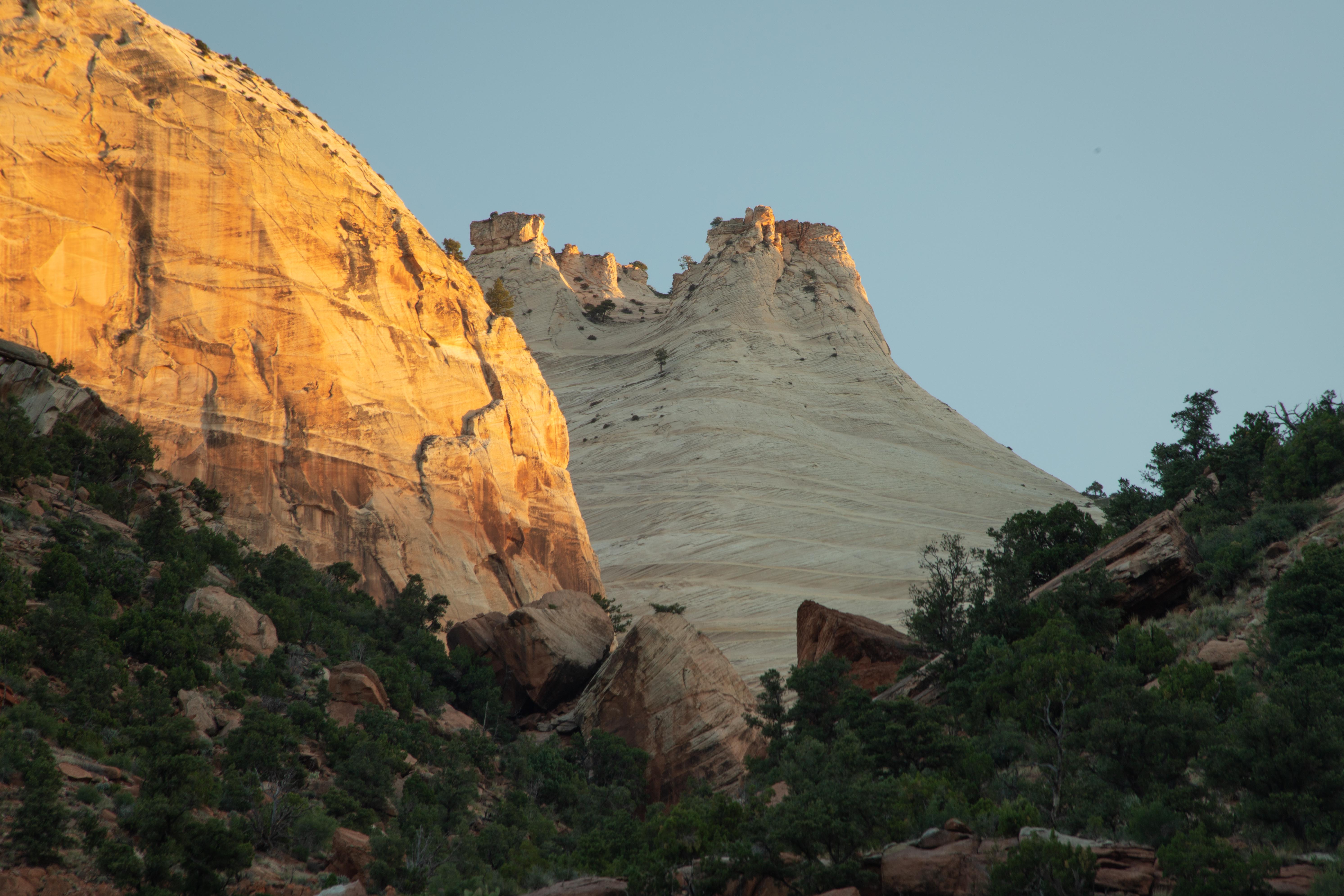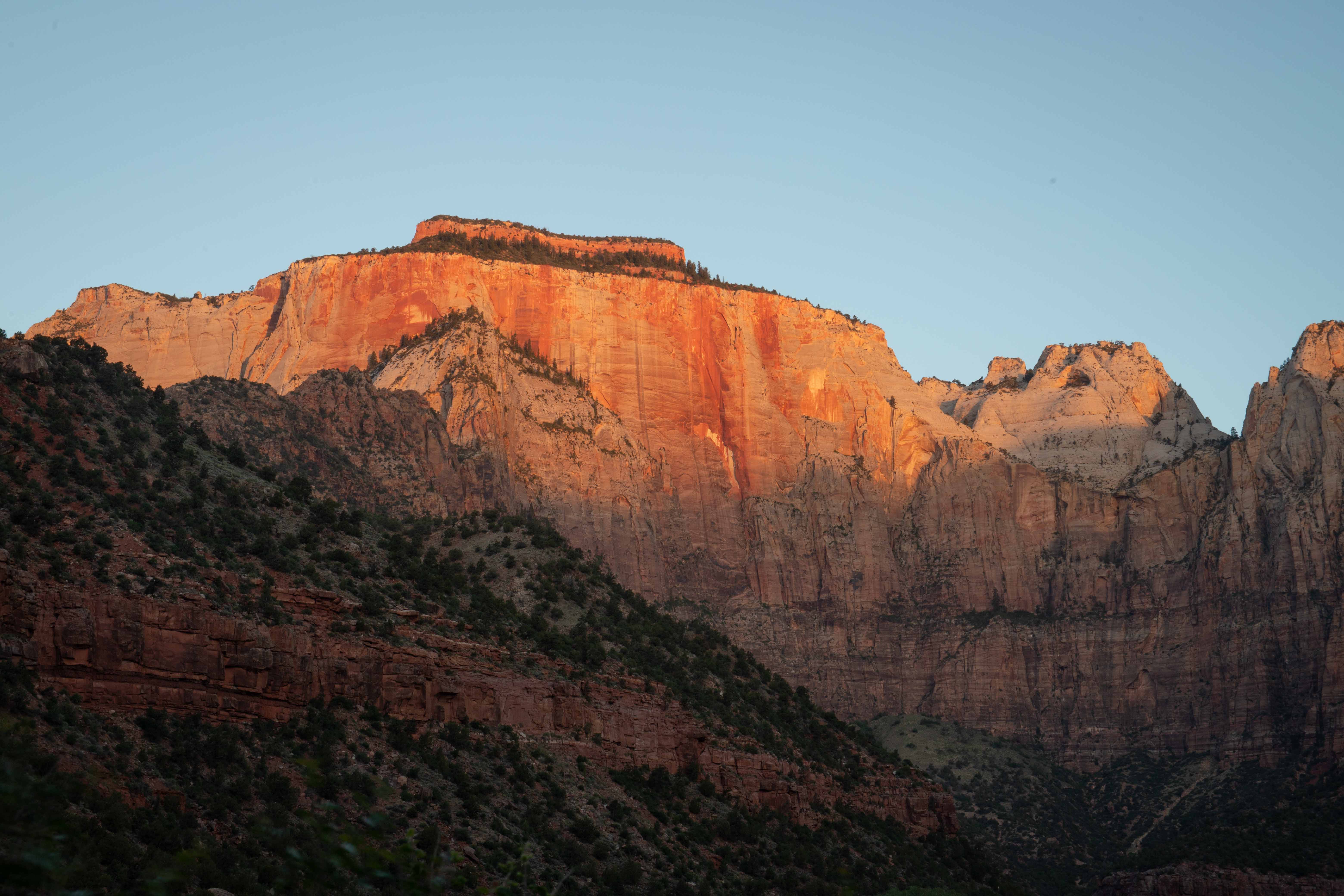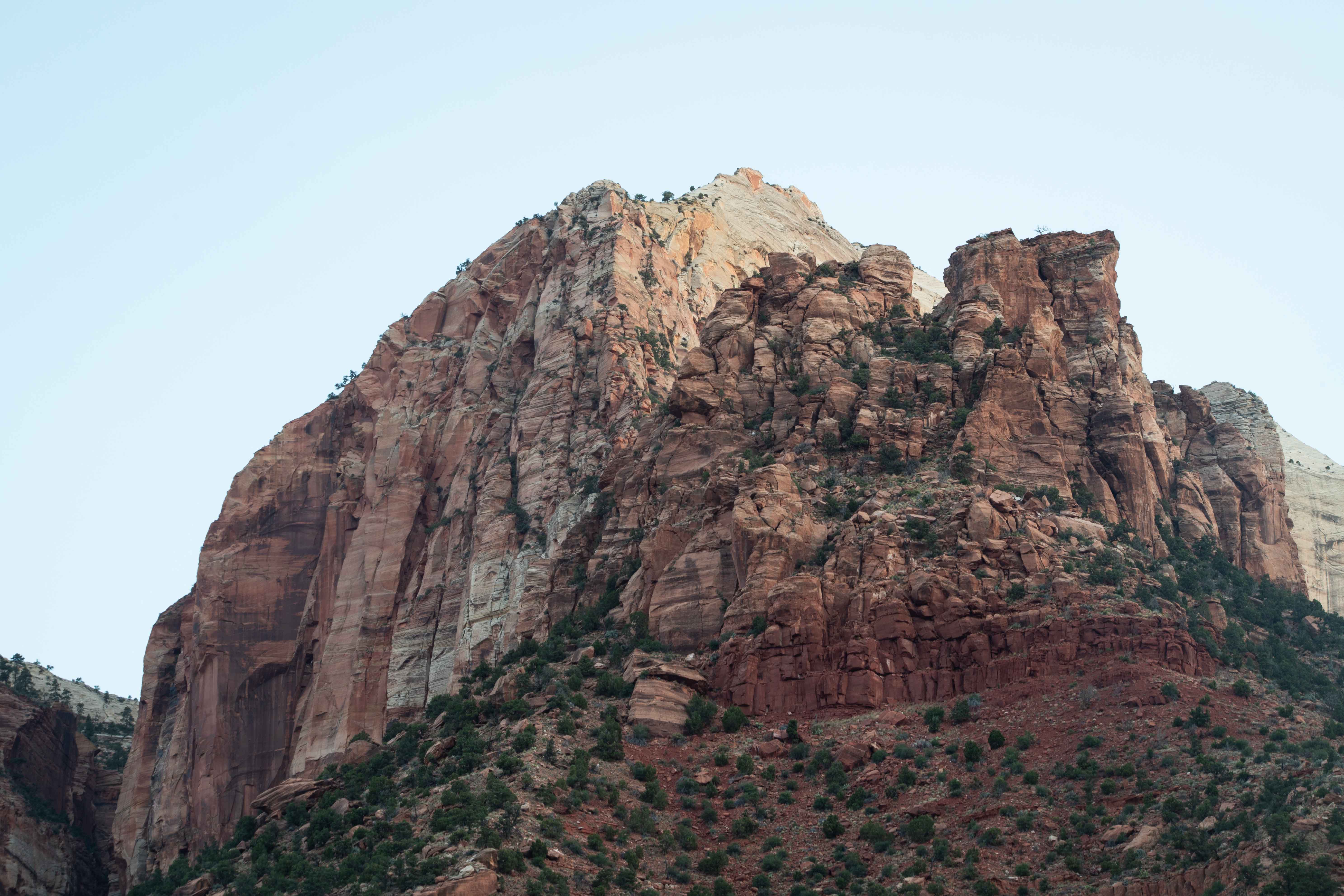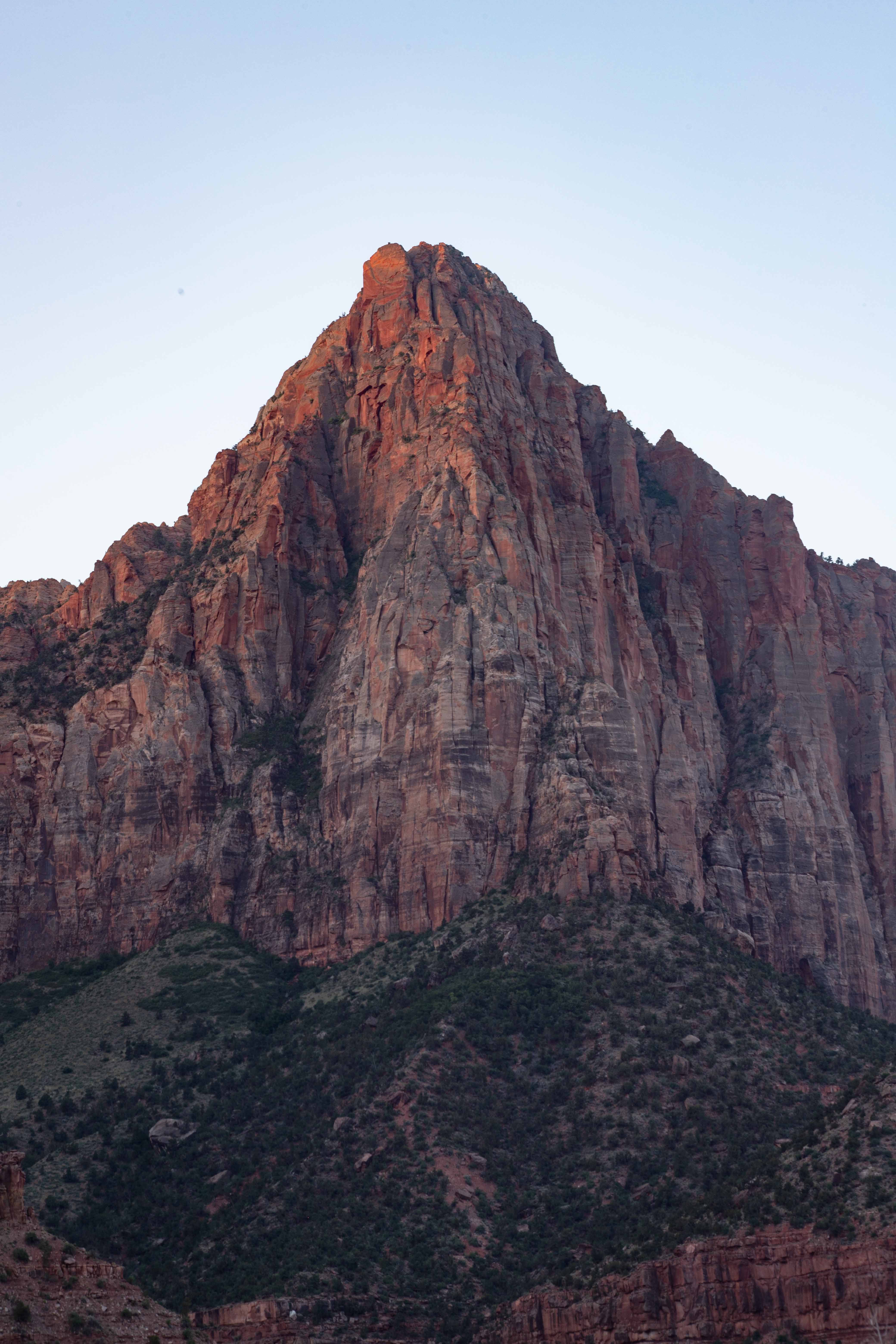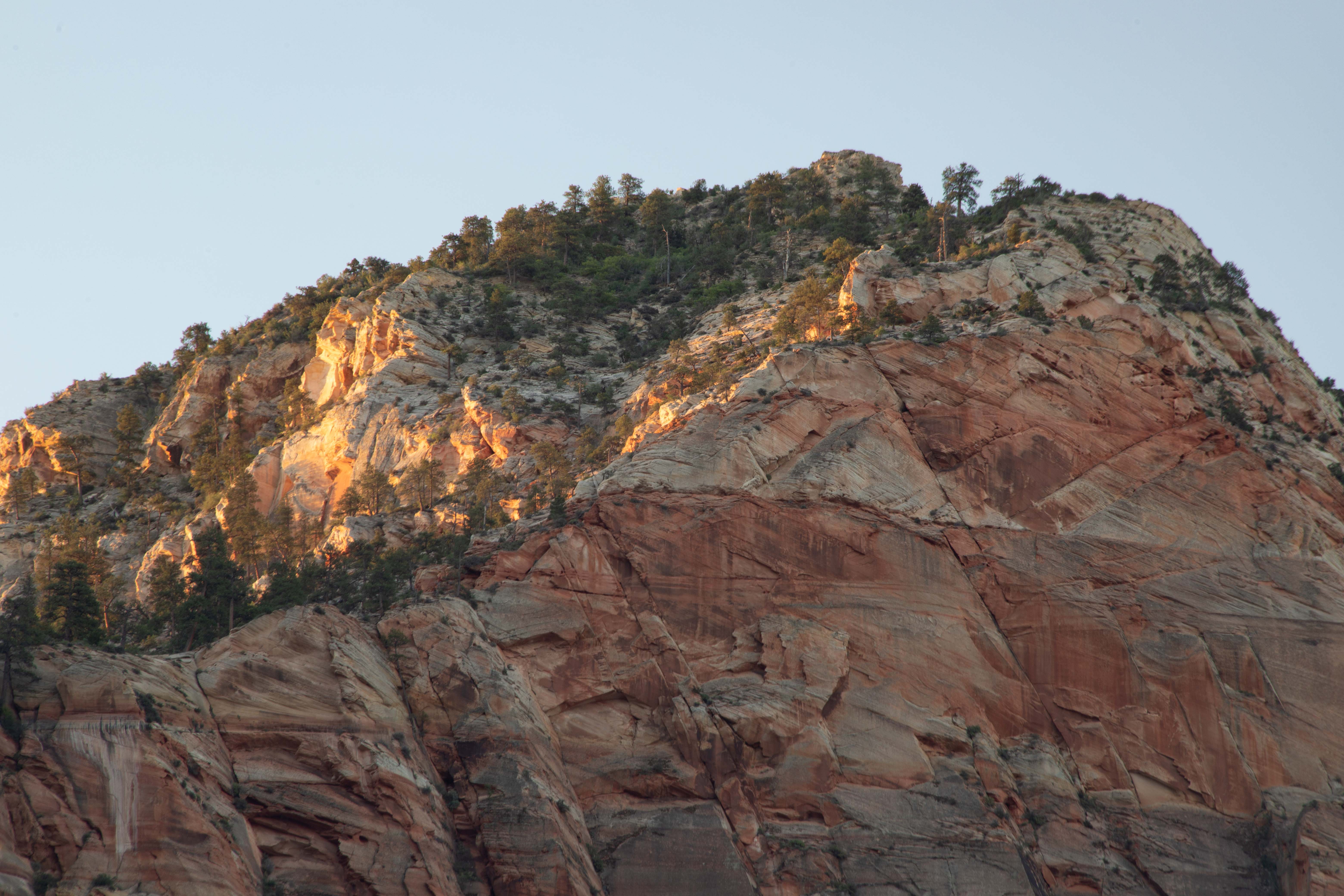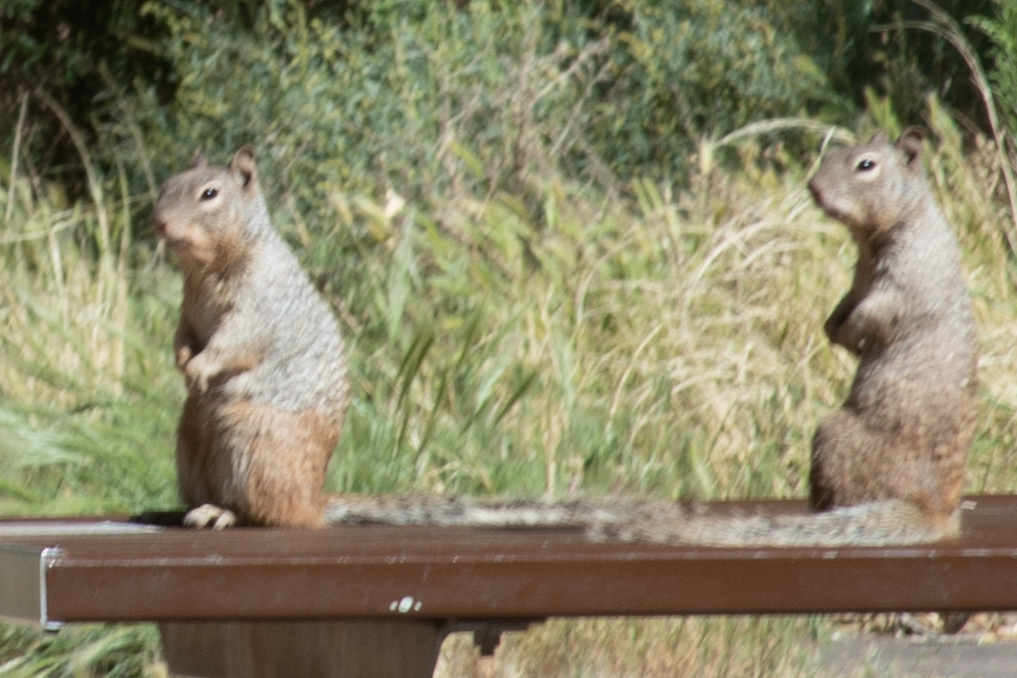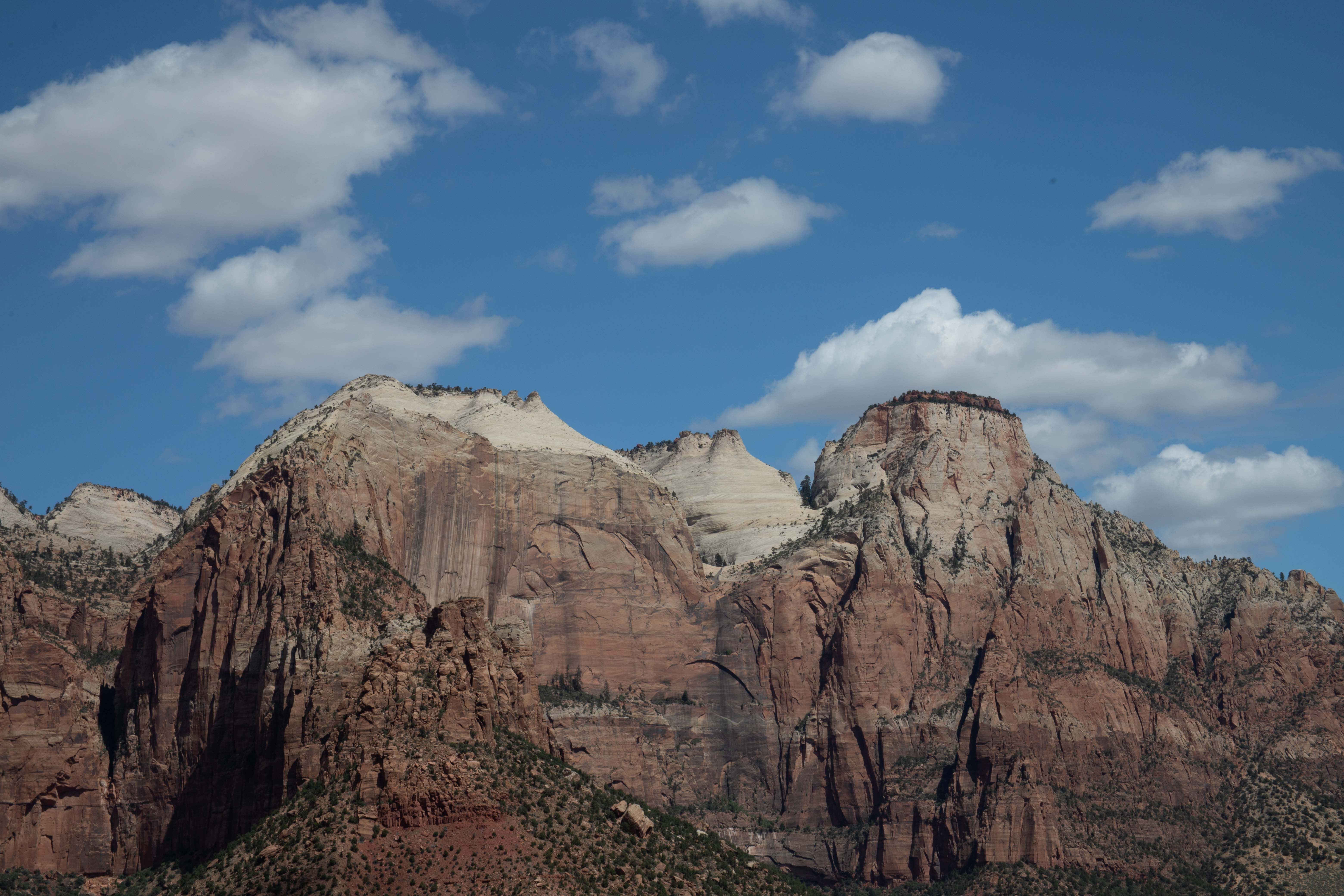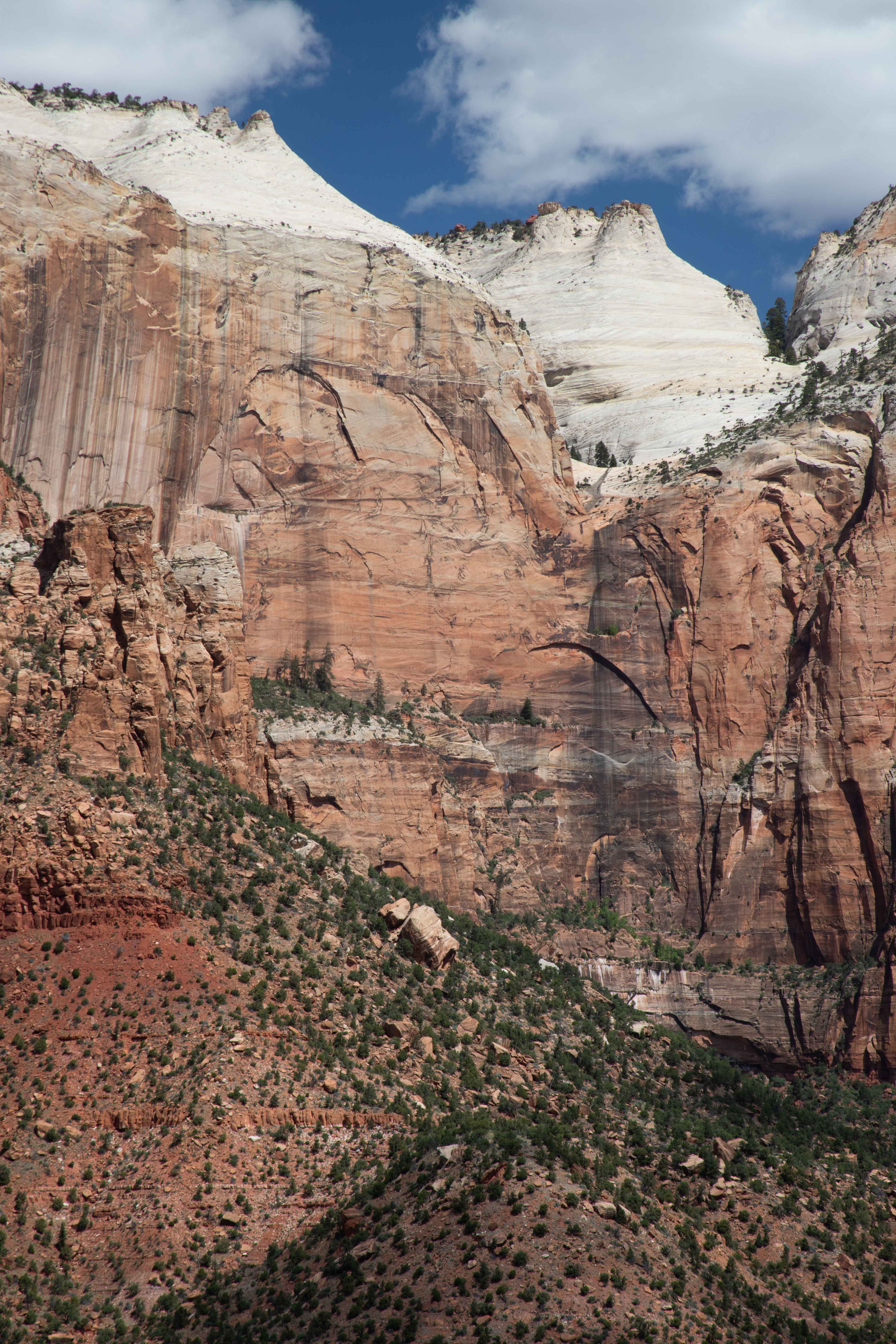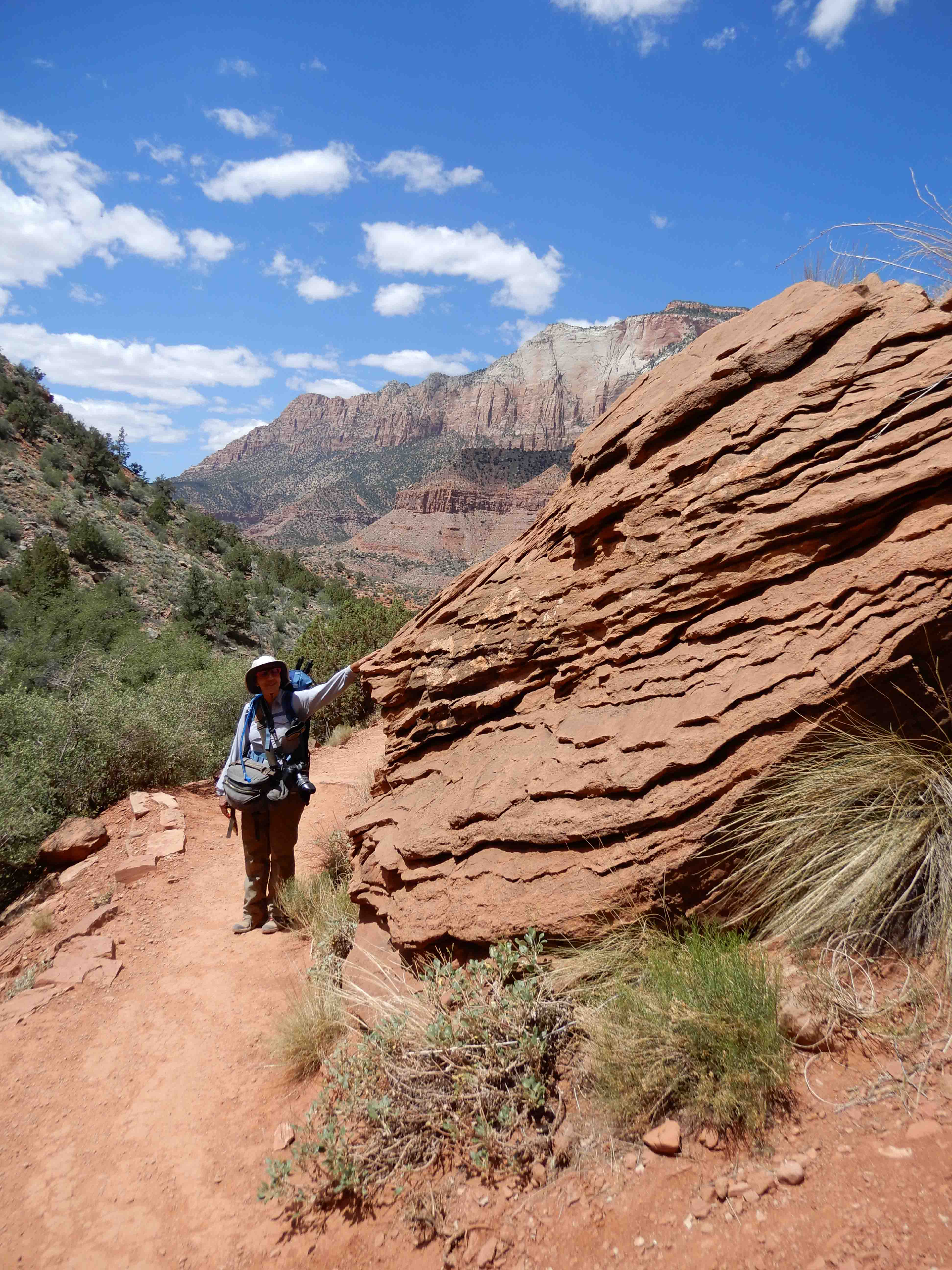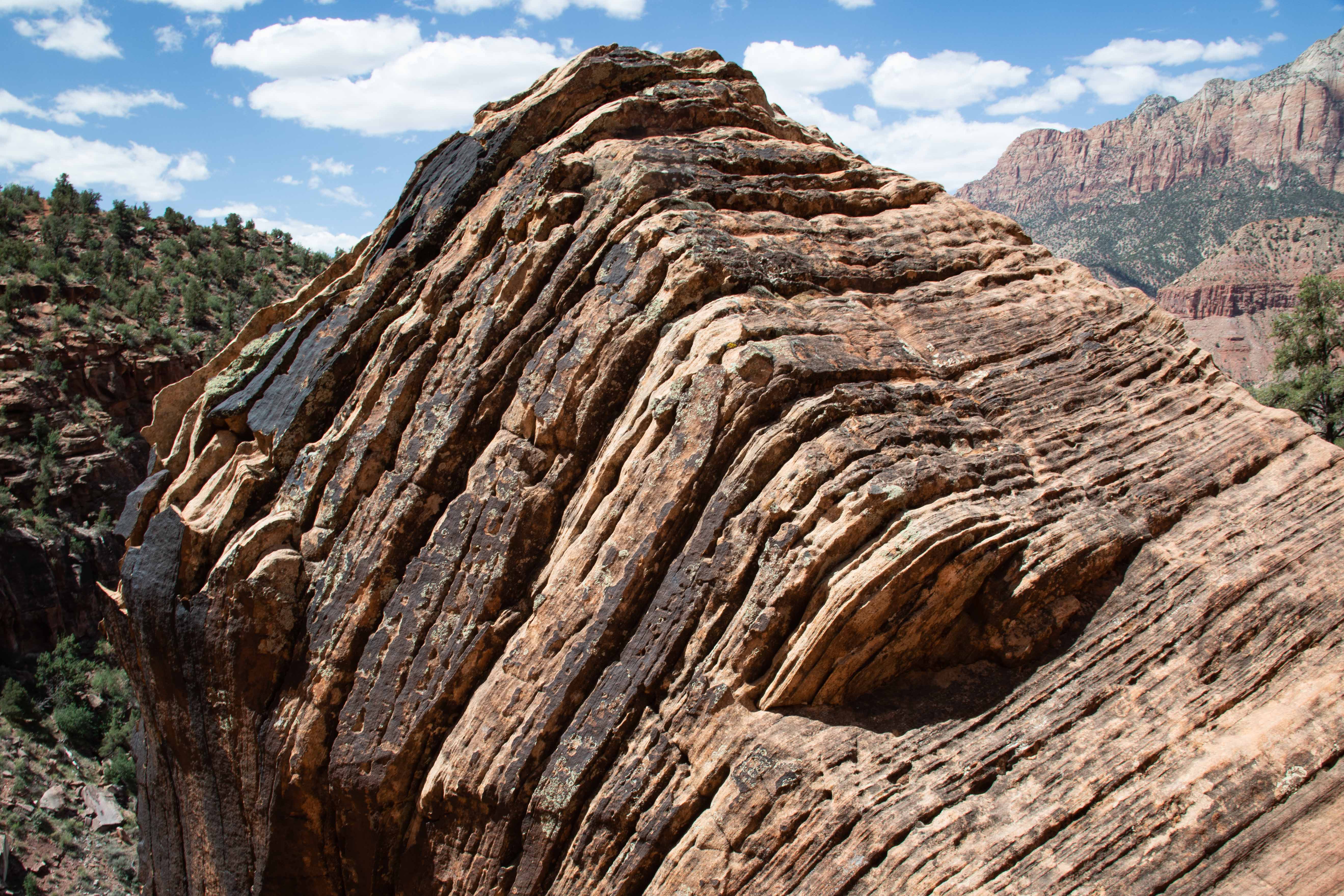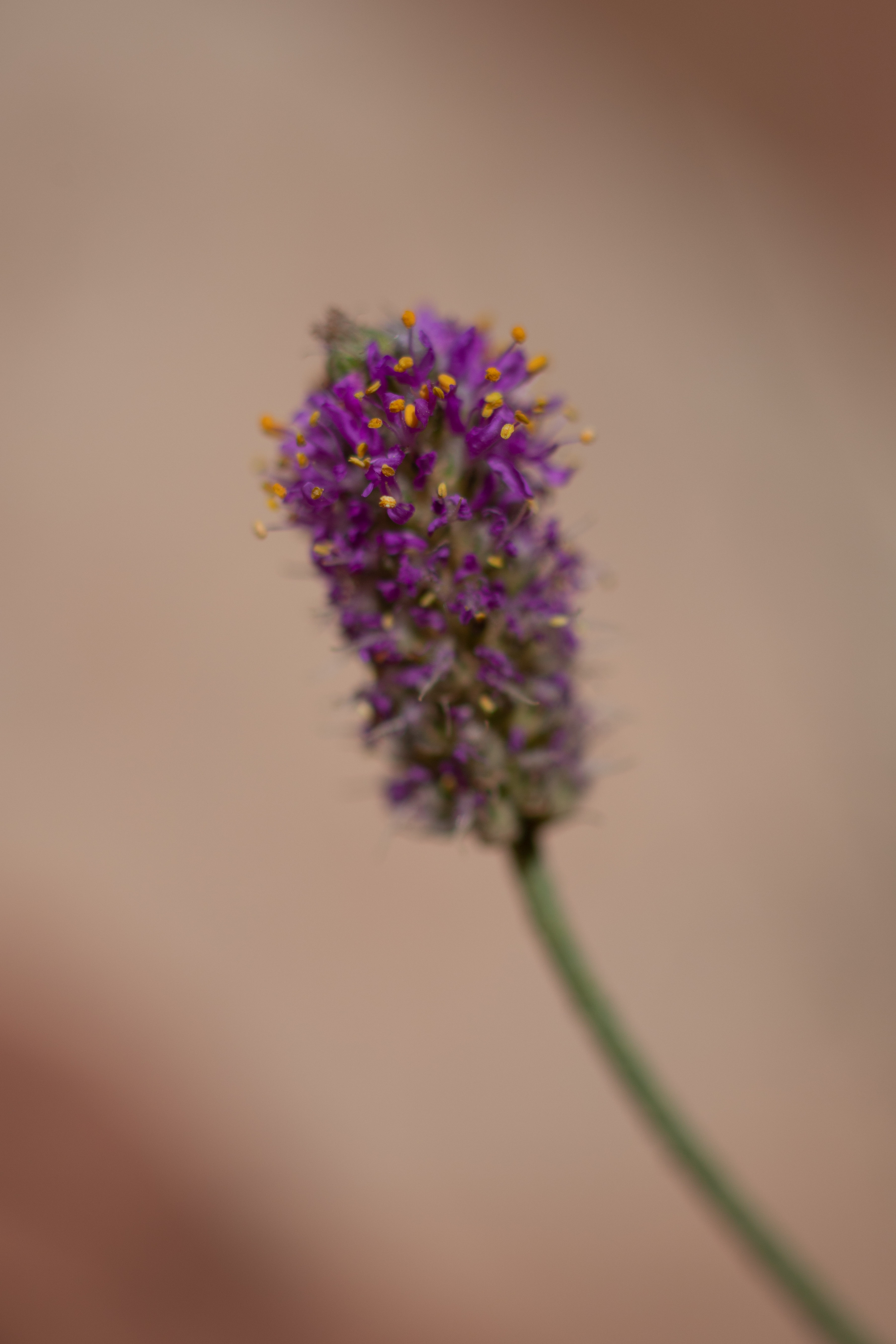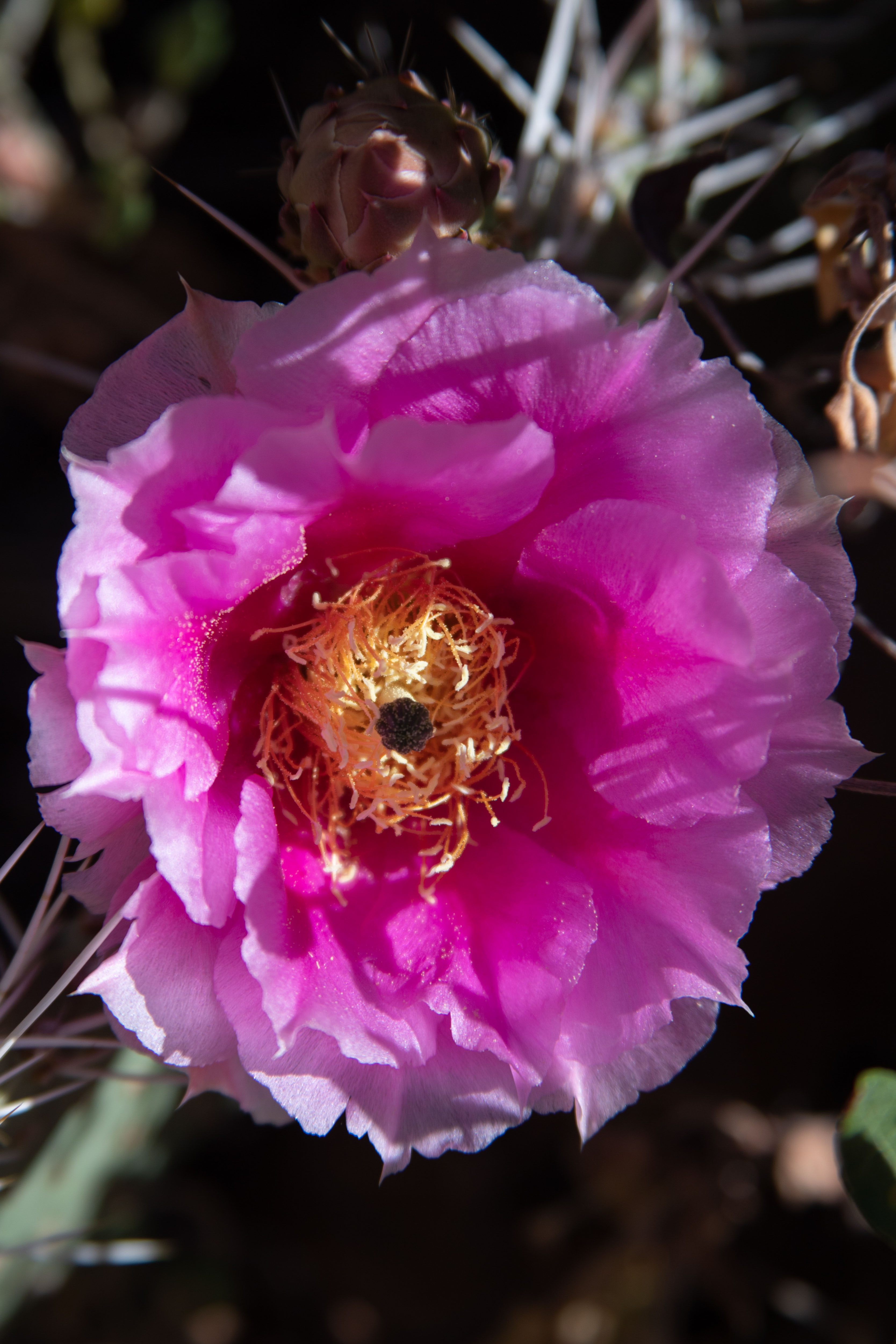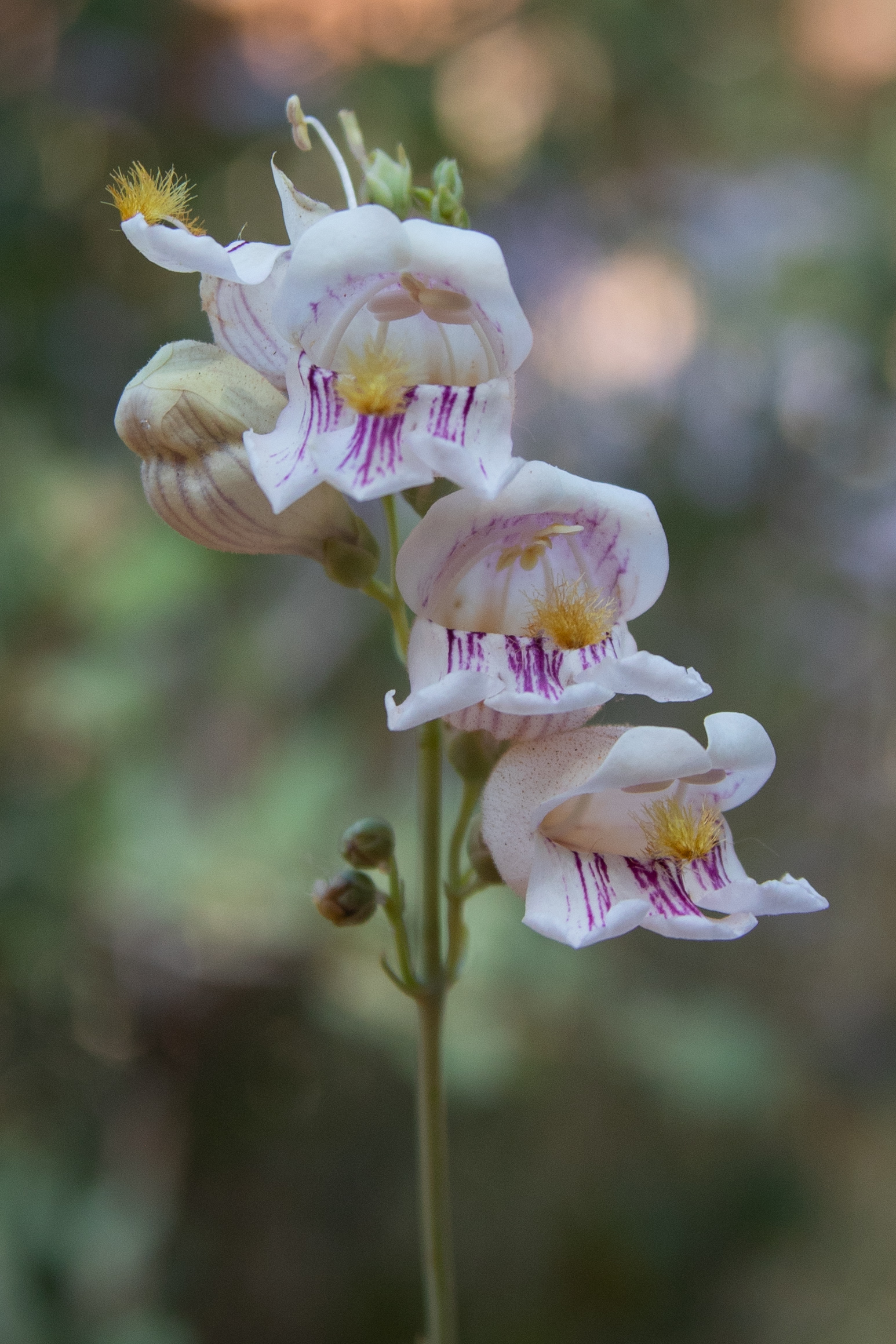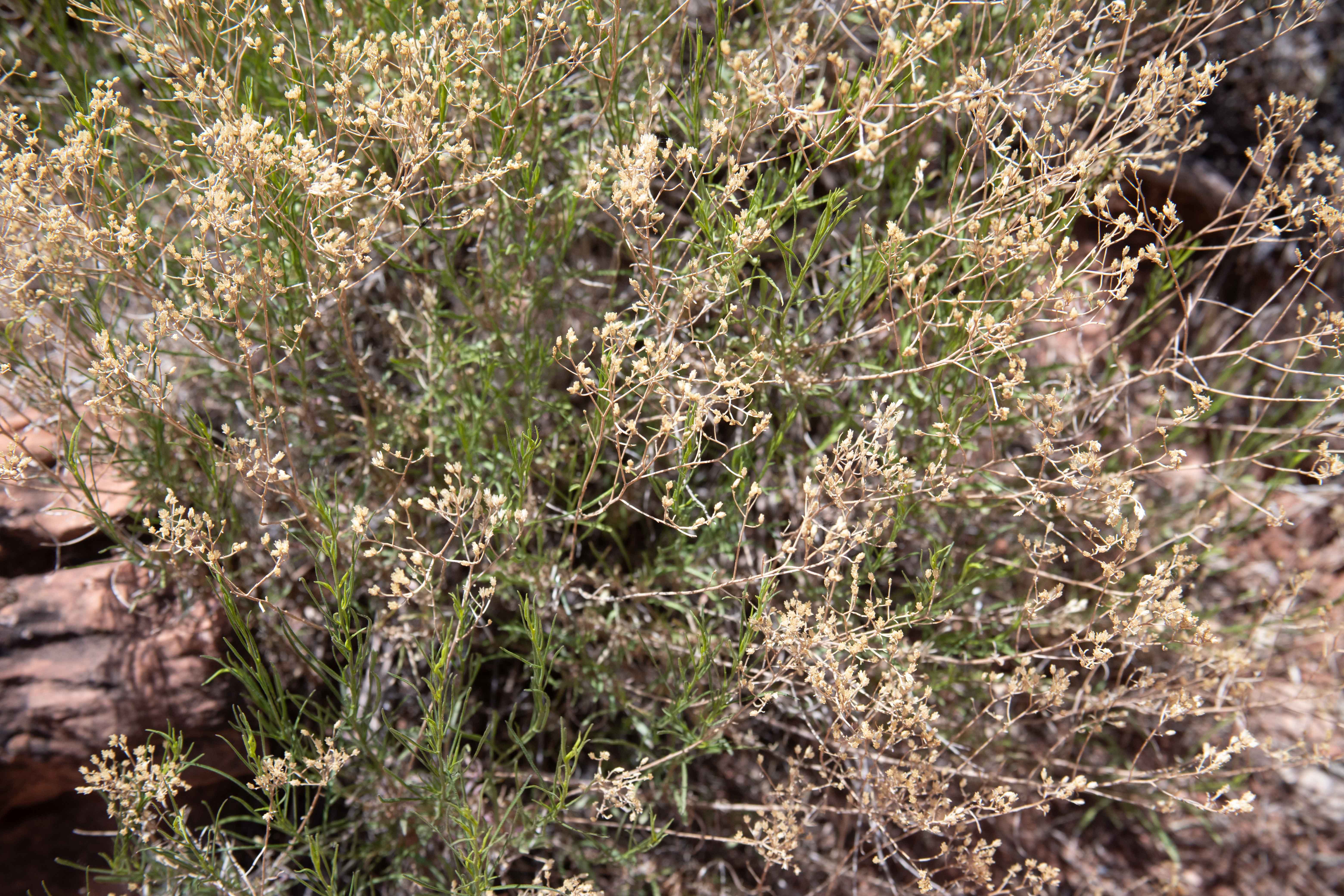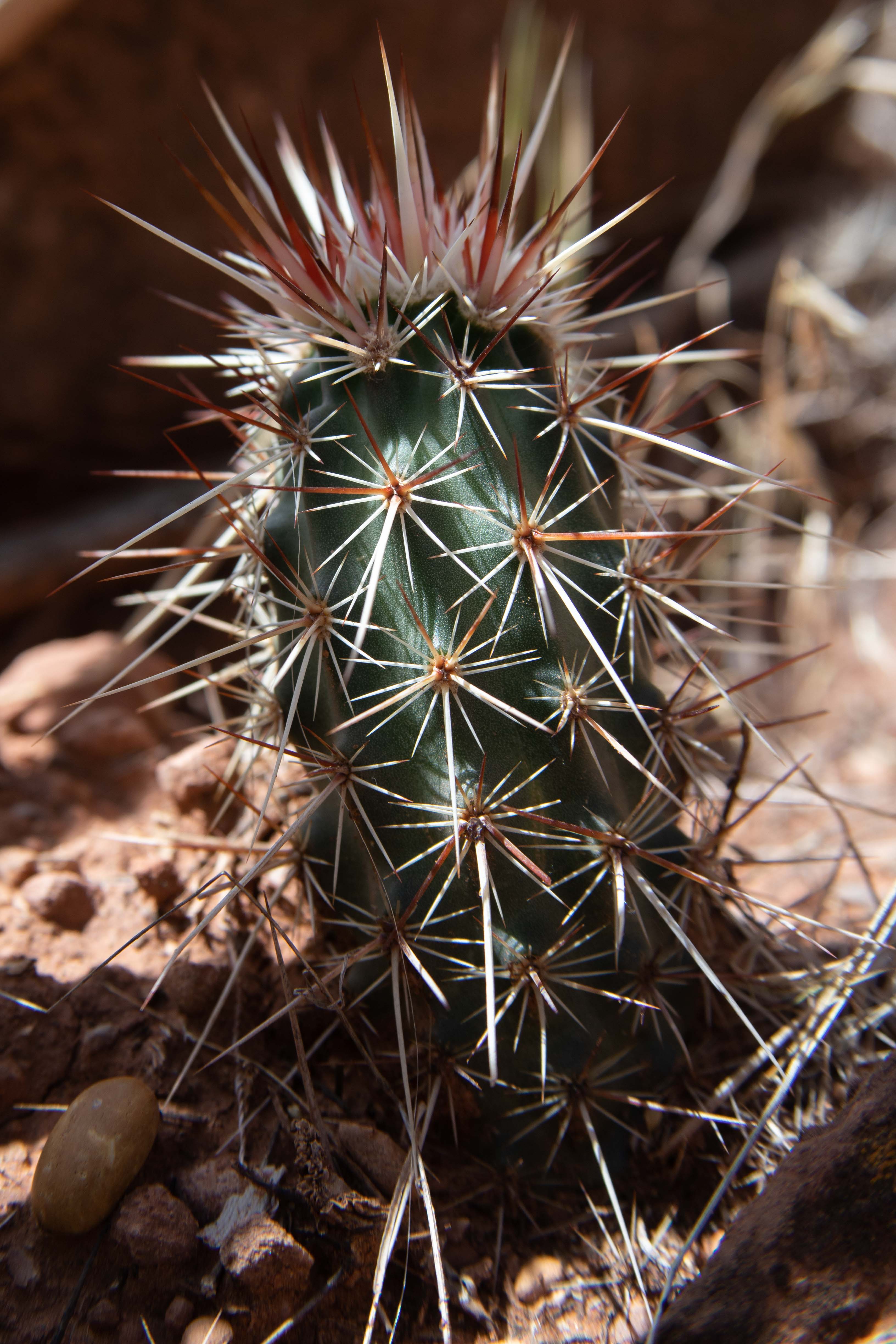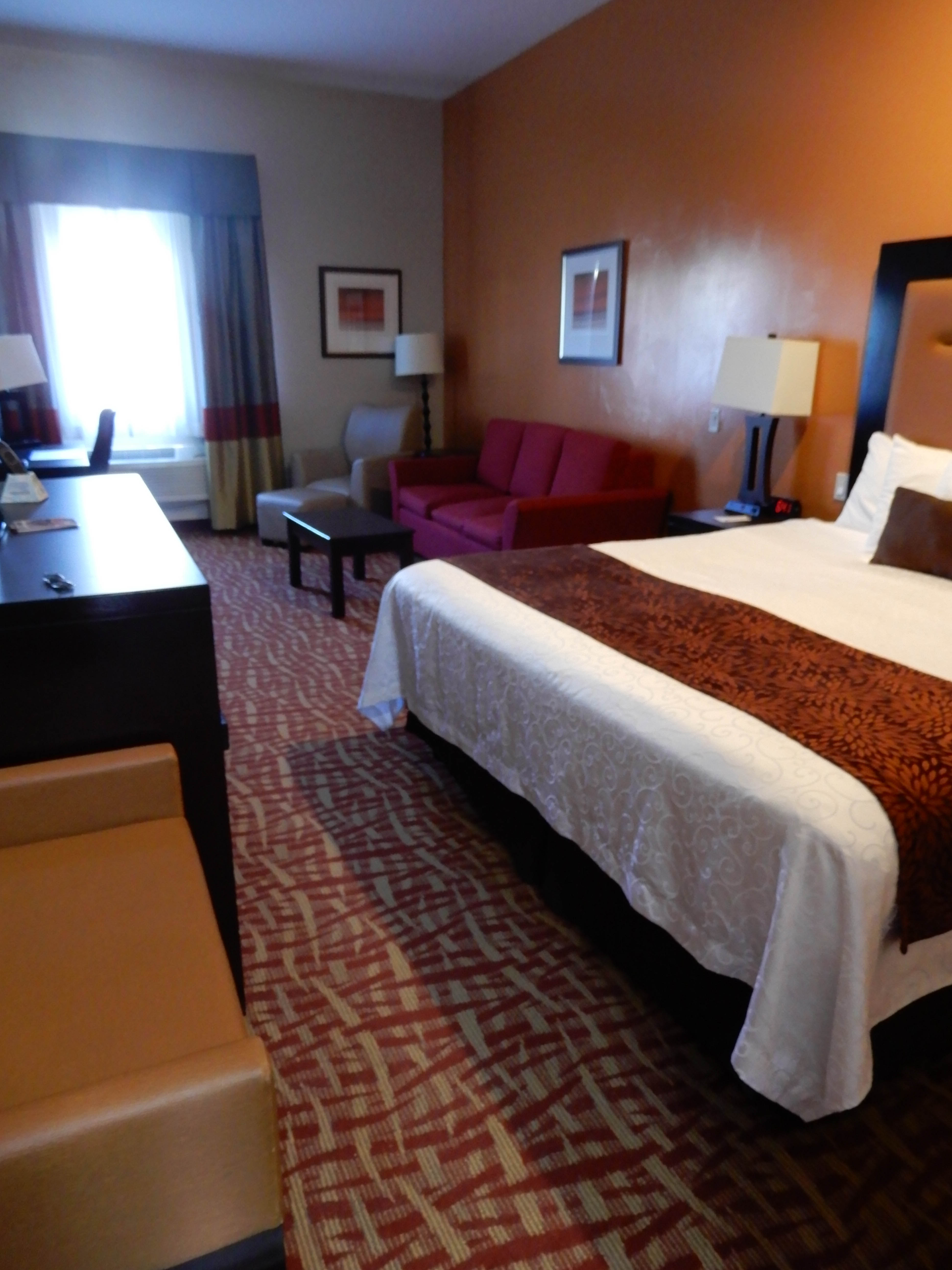Zion National Park--Day 3
14 May, 2018
Beehive at dawn from the Human History Museum. This is another example of the odd, rounded weathering of the Navajo Sandstone layer. Navajo Sandstone tends to be jointed, both vertically and horizontally, which causes chunks to break off during weathering. So, the rock goes through a process of having its rough edges rounded down, a bit like sharpening a pencil. [SOURCE: Geology Road Guide: Cottonwood Canyon by Janice Gillespie with Christa Sadler]
West Temple. Graduated neutral density filter is my favorite new toy!
Looking north from the museum.
The Watchman, for which the campground is named.
The signs didn't tell me the name of this feature.
Back in camp, we packed up and had a good breakfast. We have been eating very well in camp, thanks to Eric's diligent management of ice in our cooler, and also thanks to a box of Penzey's Soul spices that Erica gave us last year. The fresh herbs I brought from our garden were destroyed by the exploding bag of raw chicken, but we've done well with Penzey's.
You don't have to put things in bear lockers in the places we went to, but you did have to keep all of your food and garbage in your car, because the squirrels and ravens are, well, ravenously, opportunistic about anything left out in camp. We came back to camp one day to find a large beak hole in a roll of paper towels. Apparently paper towels make good nesting material. Here are a couple of the aggressive squirrels, sitting out on someone's picnic table.
We hiked up the Watchman Trail, near the campground. No shuttle or parking hassle necessary! This is the marvelous view from the overlook at the top.
Beehive in the distance.
Eric took my picture next to some interesting erosion on the trail.
Interesting rock falling off the trail. It could just be gravitational erosion, but faults do separate the Colorado Plateau from the Basin and Range province, and the area is prone to earthquakes.
Prairie clover.
Another one of those prickly pear flowers that is better than the ones we have at home.
Palmer's Penstemon.
This plant is called Indian ricegrass. A passing ranger told us that it had sustained the Paiute natives of the area, and that we could taste it. It had kind of a woody, smoky flavor.
I dare you to touch me! (Engelmann's Hedgehog Cactus)
We had intended to do four nights of camping in Zion, and head straight into Bryce for five nights of camping there, but decided to take a little break and spend the night in a luxurious Best Western Plus in La Verkin, Utah, to do some laundry and catchup with wi-fi.
Look at this room! Photo by Eric.
On to Cedar Breaks National Monument.
